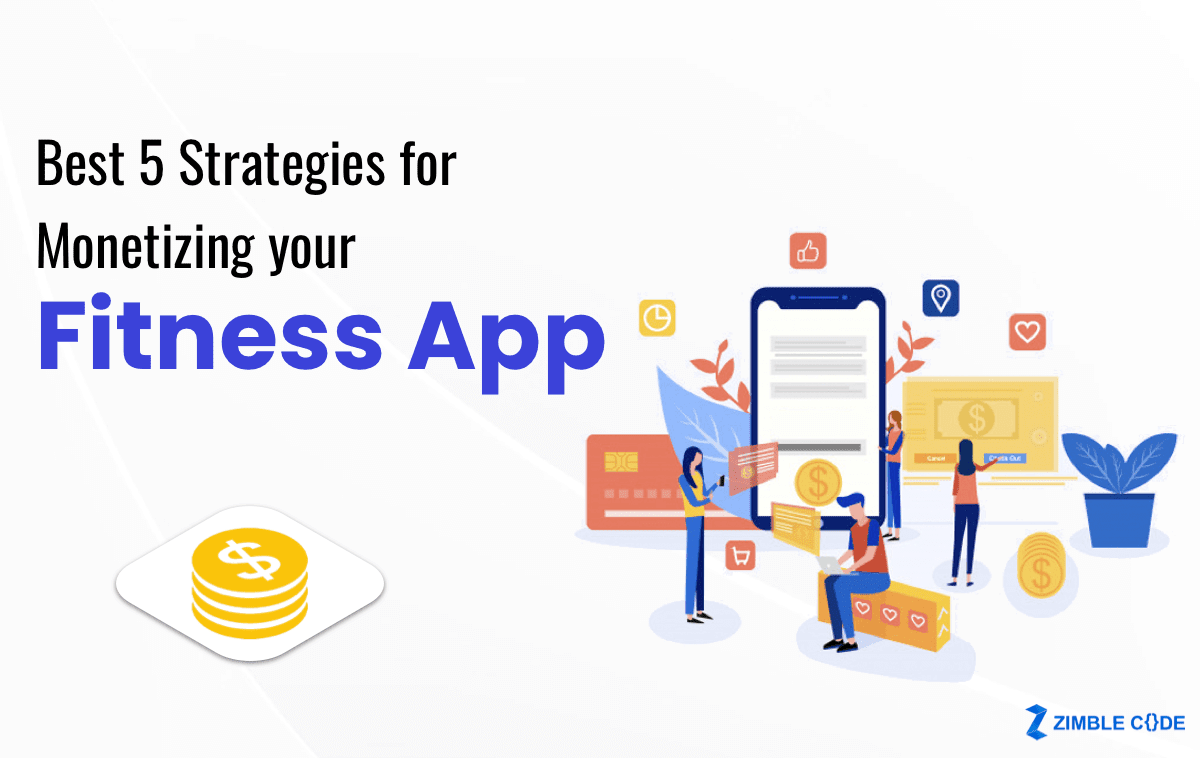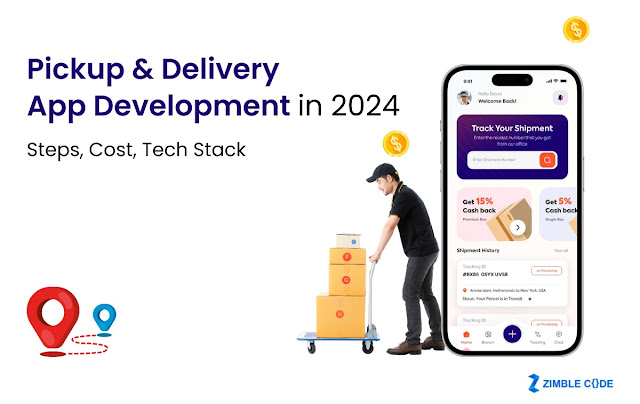Best 5 Strategies for Monetizing your Fitness App
If you are planning for fitness app development, creating features that are engaging and helpful is only half the work. You need to consider other profitable strategies to monetize fitness apps even before your app is finished. In other words, never undervalue the influence of market research that is competitive.
Yes, you might have heard it before, but there is no other way to know where your industry is lacking and what value you can provide to succeed with your software. Look for your rivals and research their offerings and demographics. Also, sign up for free trials of their goods, or even purchase some of their extra features, if you can, to discover what’s missing or may be improved.
Once your research is complete and you have successfully got a hold of your business objective, you need to plan how you will make money from your fitness app.
Are you also wondering what kind of monetization to be used today? And how should you pick the right one?
In this blog, you will come across the top five monetization strategies for your fitness app development that can help you earn some good revenue!
Strategies for Monetizing your Fitness App
1. Subscription-based apps
Users can often download subscription-based apps for free, but the free version typically only offers a small number of functions for a short while. Users must pay for the premium feature set if they want more than what is included with the basic version. However, you should provide the features that you want people to upgrade for serious consideration. The primary guideline is to constantly keep in mind that the free, basic features of your software should offer customers a solid indication of what it is capable of. While premium features need to enhance the customer-paying experience.
In this current competitive market, subscription apps are gaining a lot of popularity. According to AppsFlyer, this revenue model “typically sees higher revenue than pay-to-download, in-app purchase, and ad revenue models.” Not just that, in subscription-based apps, revenue is more reliable than in other models, which allows for greater conviction in your marketing efforts and in planning major feature upgrades.
2. In-app purchases
Due to the fact that so many Google Play Store apps are currently free, consumers worldwide are spending $380 billion on in-app purchases. As a result, this tactic is among the most profitable for publishers. The cost of in-app purchase is only incurred once. We often interpret in-app purchases to be some premium features that are available for an additional fee. This might include everything from training schedules to one-on-one assistance, etc. For instance, you can record some additional health or regular exercise advice for your users.
According to a fitness app development company in Melbourne, there are several benefits, in general, that might increase the user appeal and value of your application. This monetization strategy for fitness apps can be used with other strategies, such as banner adverts. Both Google Play Store and Apple Store provide in-app purchases as well as in-app billing.
3. Outbound Marketing
Marketing a training course is not an easy process, to be honest; you have to build it, make it a high-quality product, and then advertise it. You may start outbound advertising to broaden your audience and locate paying customers who will utilize your digital fitness items.
Ad launches by top app developers in Melbourne, Australia may be expensive investments. Most businesses begin by making small, incremental investments using Instagram, Facebook, and Google Ads. These platforms enable you to target your ideal consumers while taking into consideration their demographics and interests. As a result, you can approach your potential customers. And after doing this portion of the task, you will keep making money so long as people are interested in your diet, exercise, and health plans.
4. In-app Advertising
The use of in-app advertising by a fitness app development company in Melbourne can help your app generate more revenue. Not all advertisements are obnoxious banners and casino adverts. Ads may simply enhance user experience and supplement your app’s features. For instance, incentivized videos enable users to use the app for free indefinitely so they may become acclimated to it. The different types of in-app ads include:
5. In-app Store for physical goods
You may incorporate an in-app store in addition to in-app purchases. You may sell tangible products like apparel, food, sports gear, and other accessories. You might increase your business and sell things like sportswear, yoga and dancing attire, books, healthy food, and beverages. This store may appear as an additional menu option or button in your app that, when clicked, takes users to an integrated online store.
You should keep in mind that including an e-shop in your app will not only increase the costs associated with developing it but also need significant adjustments to your company’s operational procedures. You will need to consider things like keeping physical products or goods in storage, using an accounting system, interacting with distributors, and other aspects of classical e-commerce business.
Wrapping Up!
Which of the aforementioned tactics is ideal for monetizing your fitness app with top app developers in Melbourne, Australia?
Most of the time, a blend of monetization strategies will produce the best results. Another best illustration of how two revenue strategies may coexist is the possibility of providing customers with an ad-free membership option with premium features if your program has adverts.
Article Resource - https://zimblecode.com/best-5-strategies-for-monetizing-your-fitness-app/





Comments
Post a Comment